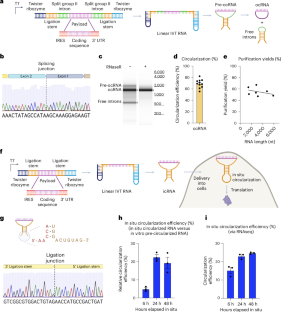2024-08-26 ペンシルベニア州立大学(PennState)
<関連情報>
- https://www.psu.edu/news/research/story/salamanders-are-surprisingly-abundant-northeastern-forests-study-finds/
- https://conbio.onlinelibrary.wiley.com/doi/full/10.1111/cobi.14363
野生生物の病気対策における事前予防的管理の有益性を定量的に裏付け Quantitative support for the benefits of proactive management for wildlife disease control
Molly C. Bletz, Evan H. Campbell Grant, Graziella DiRenzo
U.S. Geological Survey Published: 26 August 2024
DOI:https://doi.org/10.1111/cobi.14363

Abstract
Finding effective pathogen mitigation strategies is one of the biggest challenges humans face today. In the context of wildlife, emerging infectious diseases have repeatedly caused widespread host morbidity and population declines of numerous taxa. In areas yet unaffected by a pathogen, a proactive management approach has the potential to minimize or prevent host mortality. However, typically critical information on disease dynamics in a novel host system is lacking, empirical evidence on efficacy of management interventions is limited, and there is a lack of validated predictive models. As such, quantitative support for identifying effective management interventions is largely absent, and the opportunity for proactive management is often missed. We considered the potential invasion of the chytrid fungus, Batrachochytrium salamandrivorans (Bsal), whose expected emergence in North America poses a severe threat to hundreds of salamander species in this global salamander biodiversity hotspot. We developed and parameterized a dynamic multistate occupancy model to forecast host and pathogen occurrence, following expected emergence of the pathogen, and evaluated the response of salamander populations to different management scenarios. Our model forecasted that taking no action is expected to be catastrophic to salamander populations. Proactive action was predicted to maximize host occupancy outcomes relative to wait-and-see reactive management, thus providing quantitative support for proactive management opportunities. The eradication of Bsal was unlikely under all the evaluated management options. Contrary to our expectations, even early pathogen detection had little effect on Bsal or host occupancy outcomes. Our results provide quantitative support that proactive management is the optimal strategy for promoting persistence of disease-threatened salamander populations. Our approach fills a critical gap by defining a framework for evaluating management options prior to pathogen invasion and can thus serve as a template for addressing novel disease threats that jeopardize wildlife and human health.


